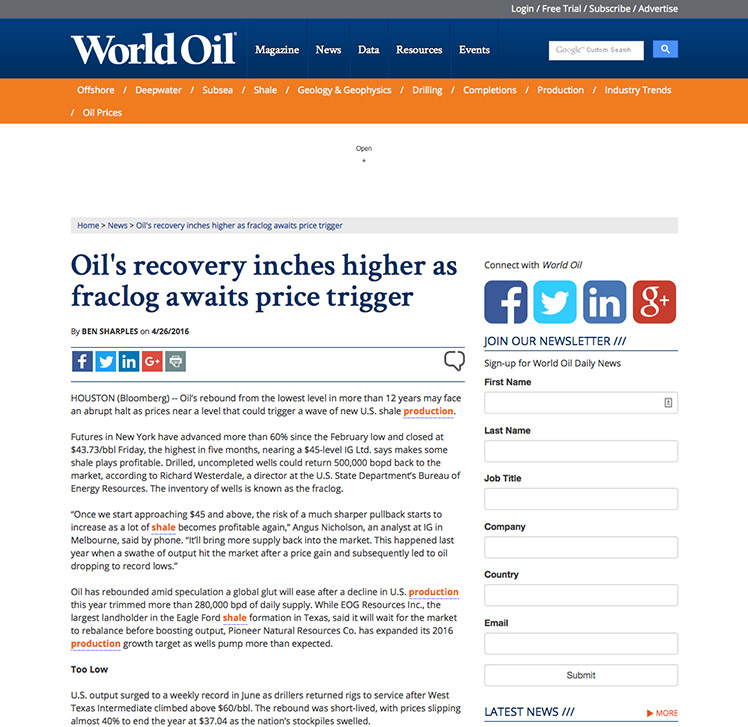For China, Friends Abroad Can Be Expensive lweb.es/f907 4.30.16
![]() OEF REVIEW:For years now, China’s been lavishly courting friends across the developing world. Commodity-dependent countries get cheap financing for development; China gains diplomatic clout and a bargain on those commodities. Both sides win – that is, until they don’t. The perils of this strategy are quickly becoming apparent. In recent years, changes of government in countries such as Myanmar and Sri Lanka have led to questions about deals signed with China under previous administrations. Now, Venezuela’s slow-motion meltdown is exposing just how terrible these deals can be for both borrowers and for China.
OEF REVIEW:For years now, China’s been lavishly courting friends across the developing world. Commodity-dependent countries get cheap financing for development; China gains diplomatic clout and a bargain on those commodities. Both sides win – that is, until they don’t. The perils of this strategy are quickly becoming apparent. In recent years, changes of government in countries such as Myanmar and Sri Lanka have led to questions about deals signed with China under previous administrations. Now, Venezuela’s slow-motion meltdown is exposing just how terrible these deals can be for both borrowers and for China.


